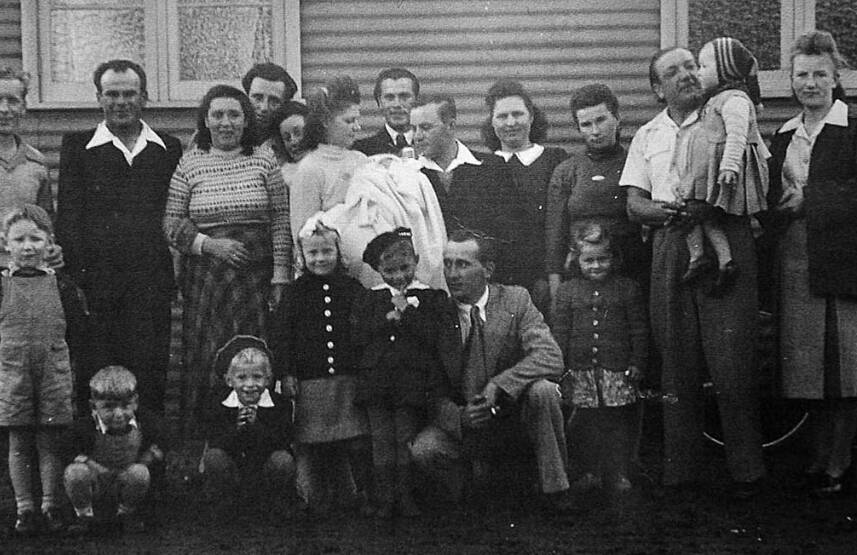
Until now, the community and descendants of Greta army and migrant camps didn't have anywhere to gather and remember.
Helen Scott, caretaker of Branxton Community Hall, recognised this and has curated a photo gallery in the hall to preserve and retain the camp's history.
The daughter of Polish migrants who lived in the camp in 1950, Ms Scott created the gallery as a place of remembrance.
"We do not have anywhere to go for remembrance, as there are no buildings left at the camp," she said.
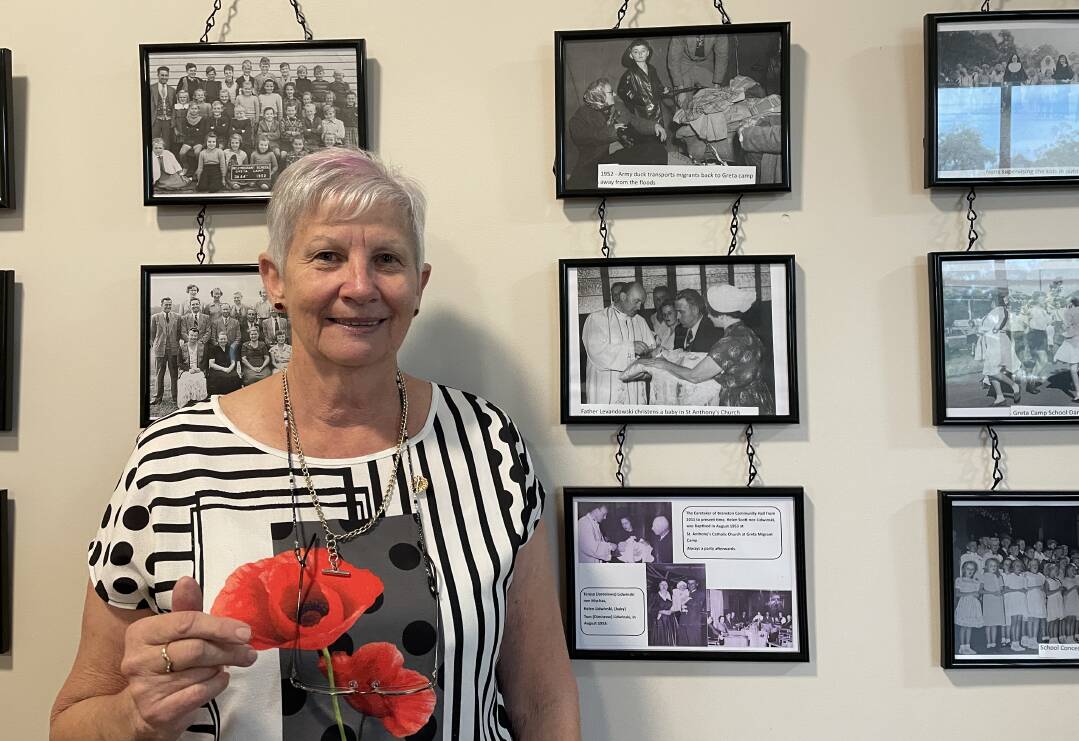
With no funding, Ms Scott and her husband have lined the walls of Branxton Community Hall's foyer with almost 100 pictures from the camp's long history.
On Monday, September 19, about 30 people, many who lived in the camp, or who's parents lived in the camp, gathered at the hall to celebrate and remember.
Stories were shared by those who were in the migrant camp when they were children, about the shock the Europeans got they got when they were first served up Australian-style mutton and pumpkin for dinner, and about how amazing their school teachers were to teach 40 children at a time, all who spoke different languages.
They reminisced on how the migrants came to Australia in their winter coats, not knowing what to expect, and then worried they were going to die under the hot Australian sun - the Nissen hut shelters made of corrugated iron didn't help.
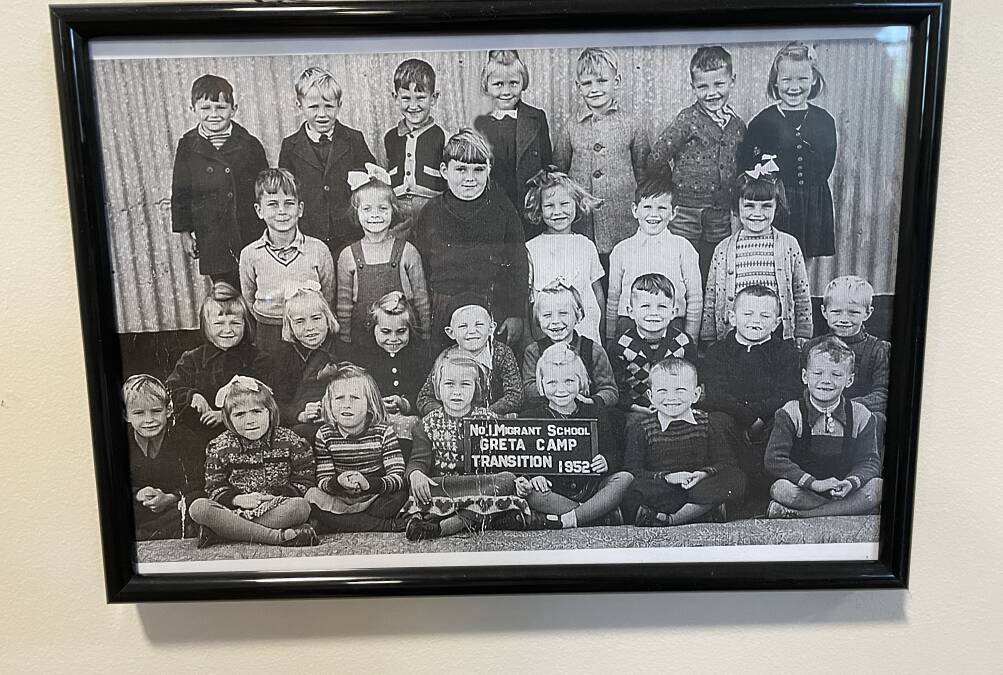
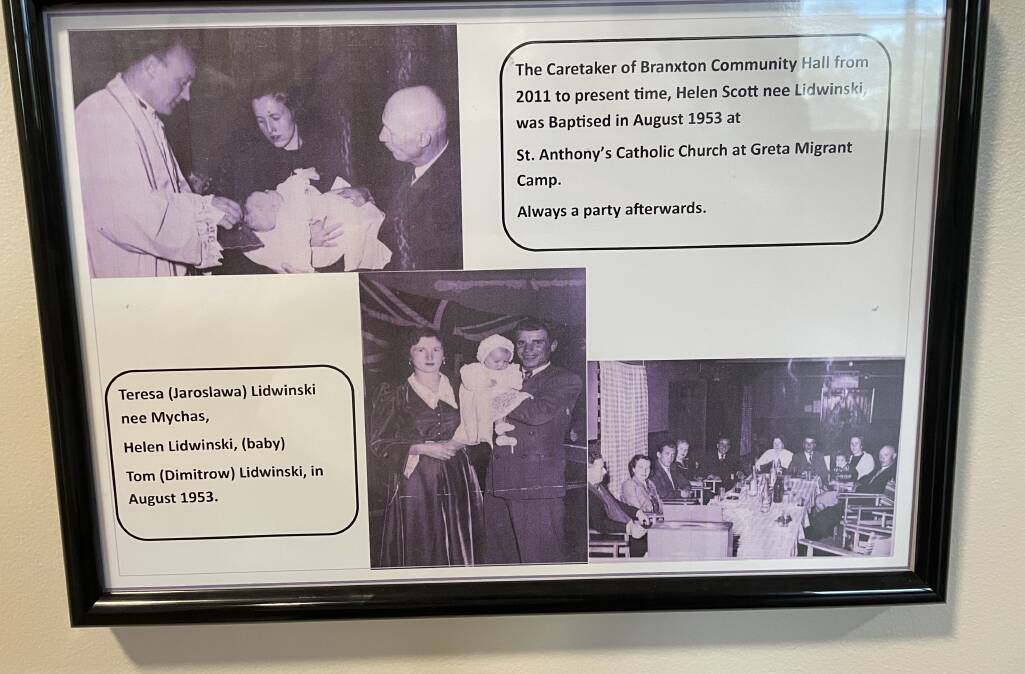








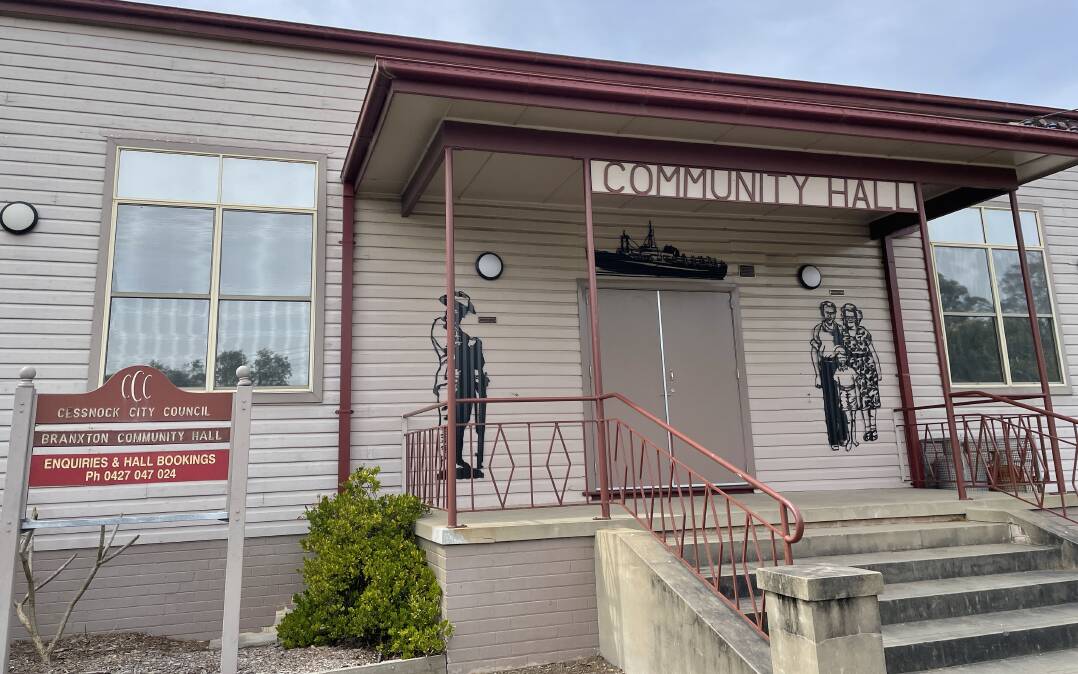
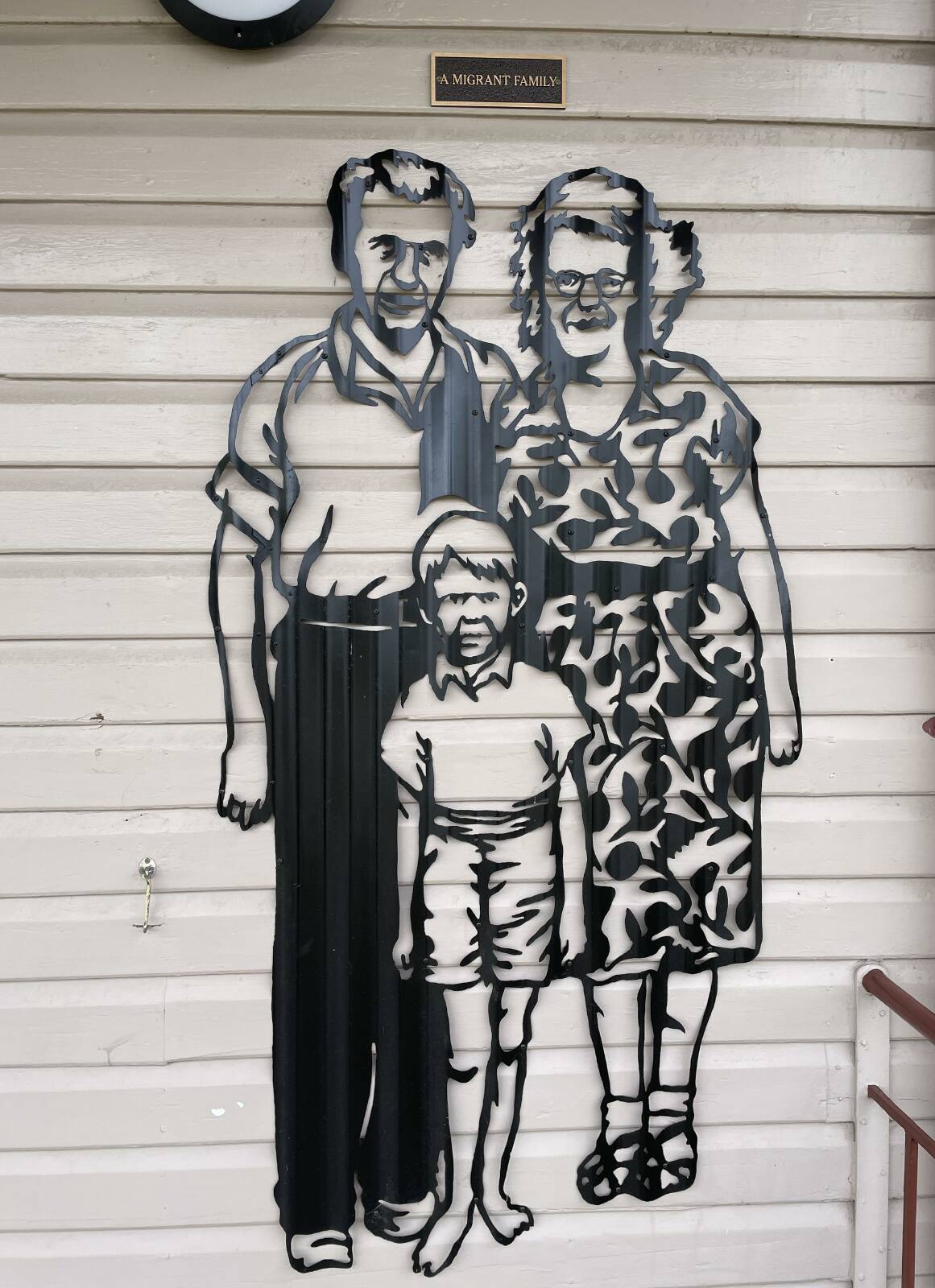


Ms Scott said she has more than 1000 photos in the archives, and plans on changing the gallery around regularly so it's never boring.
"It's also for us to remember our past, to make sure our children remember where we've come from - us as migrants," she said.
"I'm first generation Australian from Polish parents, I'm proud of my heritage and I'm proud to do this so we don't forget.
"We had nowhere in Greta to go to, to remember what we had. This is my contribution."
Elizabeth Matt, who's family lived at Greta Migrant Camp from 1950 to 1960, shared some of her stories from the camp.
Her mother was a displaced Ukrainian who was taken by the German workforce during World War II.
Ms Matt said after a six week boat journey from Germany, her mother's boat finally arrived on Australian soil, but seeing the military-style camp was terrifying for many.
"A lot came from camps in Germany and they finally arrived here and they said 'oh look they've brought us here again, it's more huts', and many were crying, they didn't know what to expect," she said.
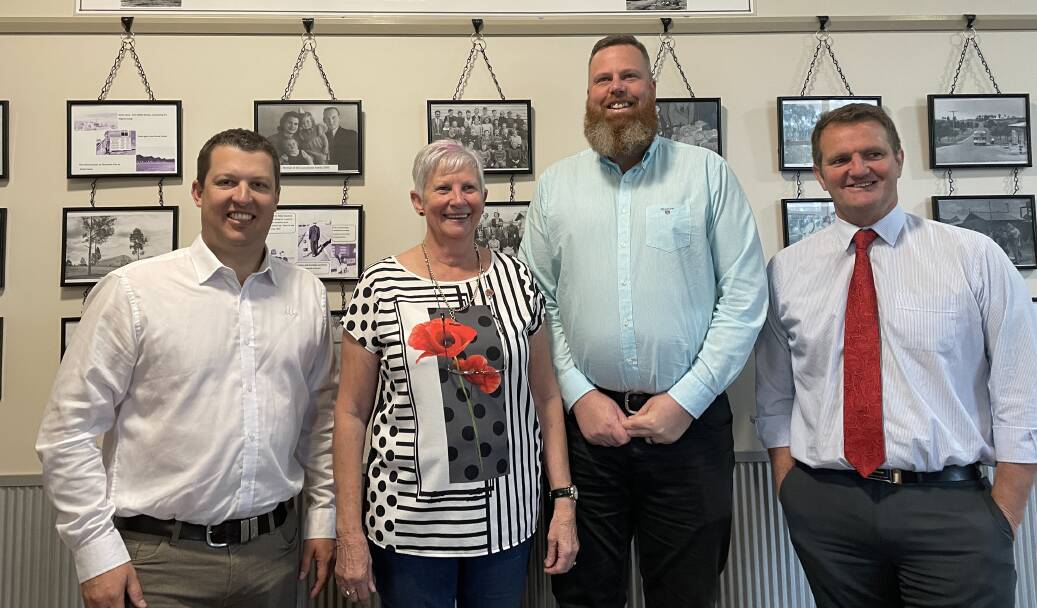
All three of Cessnock's government representatives came to the gallery opening.
Cessnock mayor Jay Suvaal said it's important to remember the history of our community.
"We should be talking about it and celebrating it," he said.
Federal member for Hunter Dan Repacholi commended Ms Scott for what she has created and the effort it took.
"It's amazing to hear the stories from everyone here, it's something that I didn't know about around this area, and I'm sure there's many other people who don't know about it as well, so it'd be a great thing to get people through so that so they can remember and know the history," he said.
State member for Cessnock Clayton Barr said he thinks the most important thing to come out of these memories and stories is how caring and loving Australia was.
"The people, your families, you were refugees desperately seeking a new safe haven, and that was a time when Australia would open our arms and said 'come here'," he said.
"I hope we find that again in the future and I think remembering this will help us do that."
Greta Army Camp was built in 1939 and used during World War II.
From 1949 to 1960 the camp was transformed into a Reception and Processing Camp for Displaced Persons and Migrants leaving Europe after the war.
One of the largest camps in Australia, it is estimated about 100,000 people passed through.







